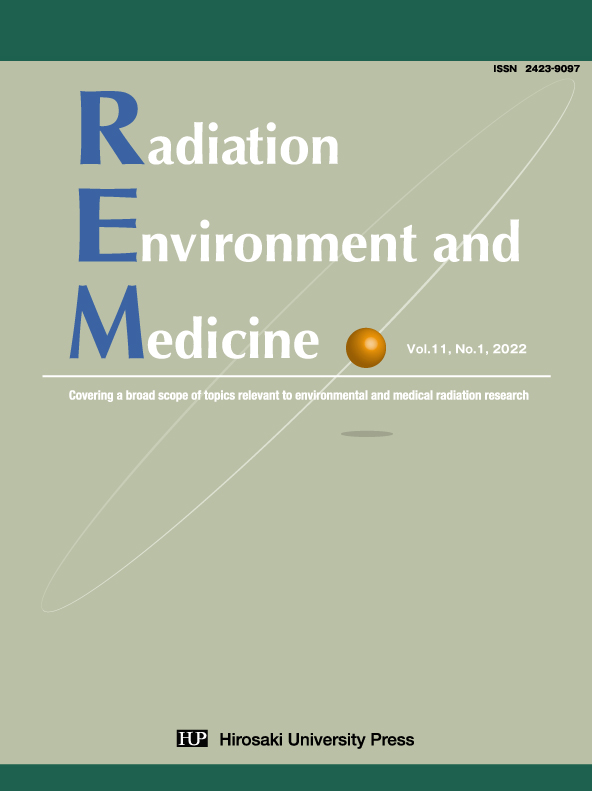Some Aspects of the Natural Radiation Environment
View article content
James Mc Laughlin*
School of Physics, University College Dublin, Ireland
- Abstract
Human exposure to the natural radiation environment and the consequent radiation doses can serve as a benchmark against which different artificial radiation exposures can usefully be compared. In radiation risk communications with the public such comparisons can help the public to have an informed perspective of radiation exposures and risks. A short overview is given here of the main components of natural radiation to which humans are exposed both externally and internally. The average annual global effective dose from radiation has been estimated by UNSCEAR to be about 3.0 mSv of which approximately 80% (2.4 mSv) is due to natural radiation. At the level of the individual, however, a wide variability of doses from natural radiation exists. This is true in particular of the doses received in the indoor environment from the inhalation of airborne progeny of radon and thoron gases. This account of some aspects of natural radiation in the environment is based on the 1st IRSCC (International Radiation Science Collaboration Centre) Seminar of the Institute of Radiation Emergency Medicine, Hirosaki University, Japan which was given by the author of this paper in February 2021.



